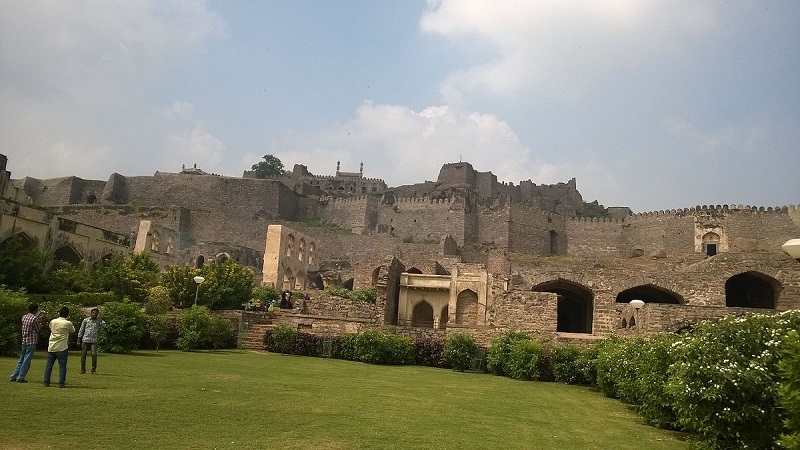The Indian solar market is on course to add at least 8 GW of new PV capacity this year, according to the latest Indian Solar Map by analyst firm Bridge to India.
Already at more than 12.5 GW of utility-scale solar, the sector’s rise in India has been remarkable over the past few years, with Bridge To India confident that the market will grow by a further 45% in 2017. However, this rate of growth would represent a slight slowdown when compared to the past couple of years.
The bulk of deployment is beginning to center on a handful of states, with 53% of the 12 GW pipeline concentrated in Karnataka, Andhra Pradesh and Telangana, the map showed.
Also noteworthy is the relative consolidation of solar suppliers and developers. On the module supply side, China’s Trina Solar has cornered a 25.7% share, with South Korean-headquartered Hanwha Q Cells the second-largest module supplier with 10% of the market.
In third place is China’s Risen, with a 7.6% market share, while Canadian Solar has seen its share of the module market contract slightly, to 7.4%. Nevertheless, the Chinese and South Korean dominance of India’s solar module market is plain to see, leaving the share of modules produced by domestic suppliers at just 10.6%, with no Indian firm making it into the top ten of module companies in terms of shipments.
Swiss firm ABB remains the inverter market leader with 28.6% of the market share, followed by TMEIC, Hitachi and SMA – each of which have around a 16% market share. Germany’s SMA was the big gainer over the past 12 months, upping its share from 11.4% in 2016 thanks to a supply deal with local development firm Greenko.
Greenko was joined by ReNew Power and NTPC as India’s largest developers based on volumes commissioned in the past year. Adani remains the largest developer with more than 2 GW of solar deployed or in the pipeline (780 MW commissioned and 1,250 MW on the way).
“The Indian solar sector is evolving rapidly,” said Bridge To India MD Vinay Rustagi. “Annual capacity addition has been growing at over 50% every year. More importantly, rapid fall in costs has made it the most attractive and promising energy source of the future of our country. The sector is attracting huge interest from Indian and international investors, but weakness in manufacturing is becoming a major concern.”
This content is protected by copyright and may not be reused. If you want to cooperate with us and would like to reuse some of our content, please contact: editors@pv-magazine.com.



By submitting this form you agree to pv magazine using your data for the purposes of publishing your comment.
Your personal data will only be disclosed or otherwise transmitted to third parties for the purposes of spam filtering or if this is necessary for technical maintenance of the website. Any other transfer to third parties will not take place unless this is justified on the basis of applicable data protection regulations or if pv magazine is legally obliged to do so.
You may revoke this consent at any time with effect for the future, in which case your personal data will be deleted immediately. Otherwise, your data will be deleted if pv magazine has processed your request or the purpose of data storage is fulfilled.
Further information on data privacy can be found in our Data Protection Policy.